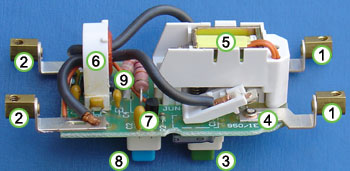If all of current 'supplying' the fault (which, don't forget, only needs to be a '30mA fault' to operate an RCD) was coming from the PV, then there would not be any reason for the 'mains side RCD' to operate, would there?
You mean, if the load plus the fault current, and the current available from the PV, were so precisely balanced that there was nothing flowing either from or to the network?




